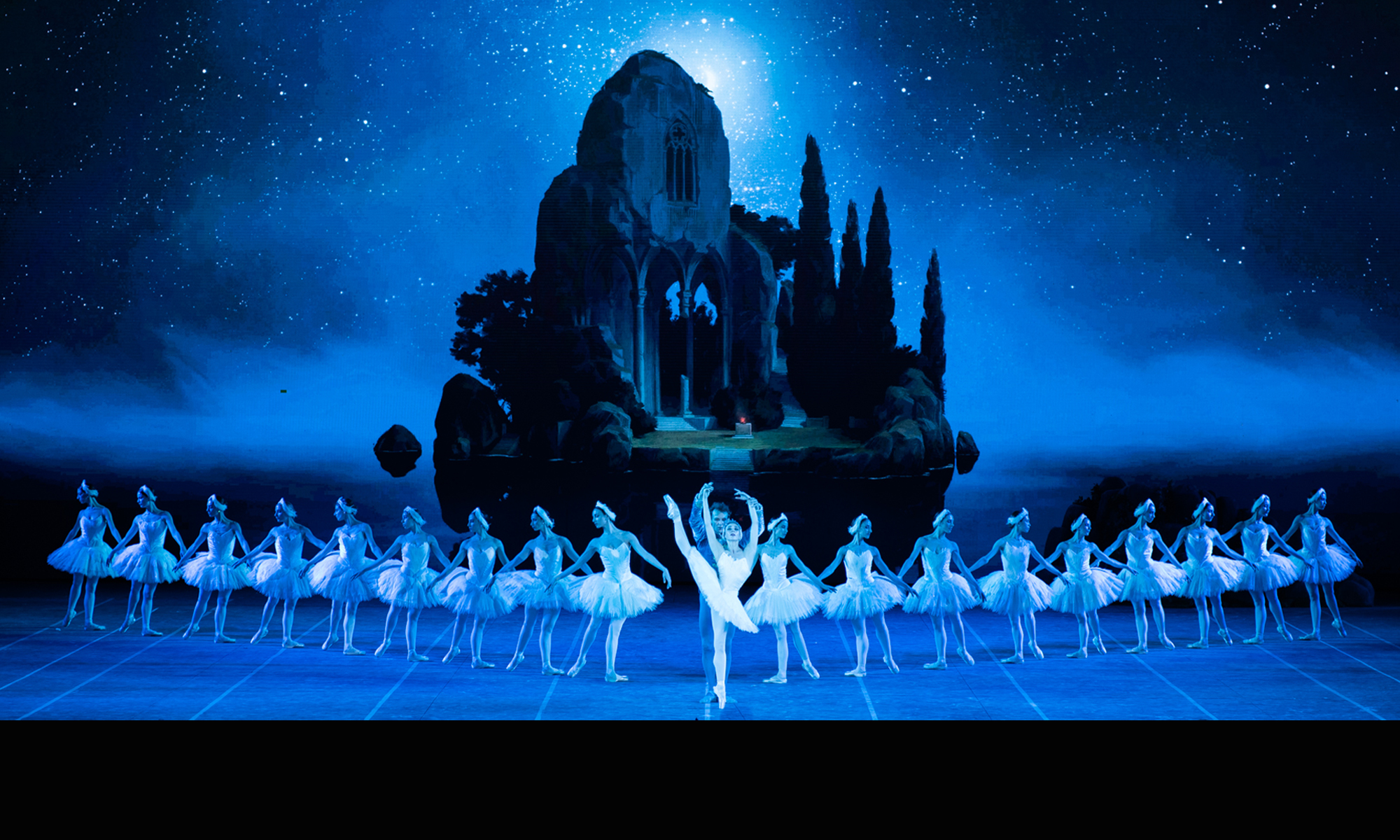Sochi Olympics 2014
Sochi, Russia
August 2024
by Ilona Landgraf
Copyright © 2024 by Ilona Landgraf
| Given the nauseating freak show at the opening of the Paris Olympics last week, re-watching the ceremony held ten years ago at the 2014 Winter Olympics in Sochi helps to restore belief in culture. It included the mini-ballet Natasha Rostov’s First Ball (choreographed by Radu Poklitaru, Andriy Musorin, and Oleksandr Leshchenko), which was based on Leo Tolstoy’s War and Peace. Russia’s finest dancers were featured next to the two hundred couples waltzing to Eugen Doga’s film music for A Hunting Accident (Russian title: Мой ласковый и нежный зверь, meaning, My Sweet and Tender Beast). The Bolshoi Ballet’s Svetlana Zakharova danced the young, romantic beauty, Natasha Rostova; ballet legend Vladimir Vasiliev played her father, Count Rostov. |
The Mariinsky Ballet’s Danila Korsuntsev performed the role of Prince Andrei Bolkonsky; Alexander Petukhov portrayed Pierre Bezukhov; as the dashing hussar, Anatoly Kuragin, Ivan Vasiliev delivered breathtaking jumps that made the audience cheer. The ball came to an abrupt end when Alfred Schnittke’s Concerto Grosso No. 1 ushered in the dark times that subsequently swept over Russia.
|
Later in the ceremony, a flock of swans led by the Mariinsky Ballet’s Diana Vishneva twirled across Sochi’s Fisht arena to an excerpt of Tchaikovsky’s Swan Lake. They assembled into a figure of a huge dove, which has been the Olympic Games’s symbol of peace since 1920. Strands of blue LED lights covered them like flying umbrellas, transforming them into mystic creatures in a dark blue sea. Paris’ closing ceremony is yet to be seen. In Sochi, various aspects of Russian culture were presented in several chapters. Russian ballet was represented by a gala-like performance (choreographed by Emil Faski) that recalled The Russian Seasons, which Sergei Diaghilev presented in Paris between 1909 and 1929. |
Nikolai Rimsky-Korsakov’s symphonic suite Scheherazade (performed by the First All-Russian Youth Orchestra) accompanied Bolshoi and Mariinsky dancers, among them Yuri Smekalov (Mariinsky Ballet) in the role of Diaghilev, Xenia Zhiganshina (Bolshoi Ballet) as Anna Pavlova, and Maxim Zyuzin (Mariinsky Ballet) as Pavlova’s mentor, Enrico Cecchetti. The costumes were inspired by Bakst’s originals and recalled famous roles like the Golden Slave, the Firebird, and Zobeida.



